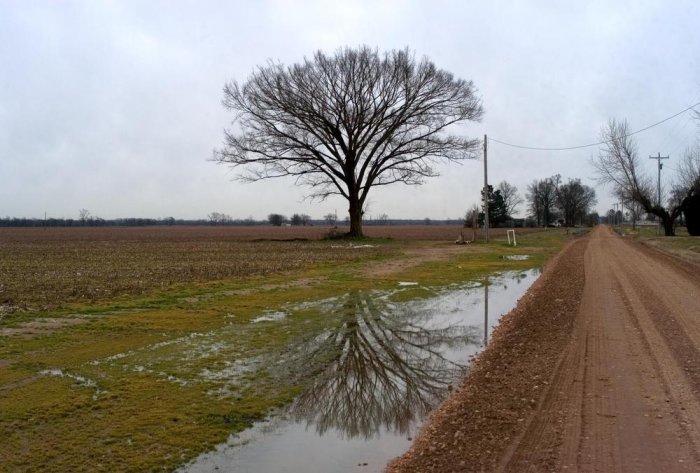2024 Juneau Visitors Guide
The southeastern area of Alaska was initially inhabited by the Auke and Taku tribes, hunter-gatherer tribes that lived in the region for thousands of years. Ancestors of the Tlingit Indians, the Auke and Taku tribes were known for their rich and diverse cultural heritage, which included singing and dancing, and, quite possibly, a legal system that honored laws similar to present-day intellectual copyright protection.
The Alexander Archipelago, located near the southeastern coast of the state, on the Pacific Ocean, is an area of geological interest. An archipelago is a group of islands, that are formed when the tips of oceanic mountains rise above the surface of the sea. The island chain was named after the Russian fur trader, Alexander Baranov, who was the first European to claim the area in the early nineteenth century. The area would be named after Joe Juneau, a Quebecois miner, who headed to Alaska to seek his fortune as a prospector. With the help of his Native American guide, Chief Keowee, he negotiated the wilderness in search of gold in the southeastern section of the region. It would not be until 1880, however, that the pair would strike gold, eventually transporting over one thousand pounds of gold ore back to their financial backer, in Sitka.

In October 1880, Joe Juneau and his gold mining partner, Richard Harris, set up base camp in the area that would later become the city of Juneau. Initially, the small town was named Harrisburg, in honor of Harris, and was later renamed Rockwell, only to be finally renamed Juneau, in 1881, after Joe Juneau. By this time, a gold mining camp had been firmly established, and the underground mines, which would remain open until the 1940s, were excavated. The gold mines were shut down during the Second World War, as part of the American government’s attempt to save resources for the war effort.
During the twentieth century, the area grew rather rapidly and, when Alaska was granted Statehood in 1959, the city experienced a population explosion. This growth, however, would slow during the 1960s, and, in 1970, the communities of Douglas, the City of Juneau, and the Greater Juneau Bureau were amalgamated into what is now the City of Juneau.
Juneau Fast Facts
- Total Area: 3,255.0 Square miles
- Population: 30,711 people divided into 11,543 households. Average temperatures: July
- Housing: 12,282 units
- Median income: $62, 034
- Average temperature: January: 31F/21F July 64F/49F
- Average precipitation: January: 4.81 inches; July: 3.36 inches
Juneau Recreation
Many residents and tourists are attracted to Juneau- and Alaska- because of the area’s pristine, natural beauty. There is a plethora of outdoor activities, such as hiking, salmon fishing, and hunting. Juneau is also one of the major ports in the state, and visitors and residents can enjoy the beautiful Alaskan coastline on local cruises. If you are looking to experience fishing at its best, there are many boats to charter. For example, you can easily charter a boat and enjoy world-class salmon or crab fishing, or simply take in a leisurely stroll along one of the many local hiking trails.
Juneau Dining
In spite of Alaska’s reputation as a wilderness resort, Juneau has many things to see and do. There are many restaurants, for visitors and residents alike, to sample the local delicacies and favorite dishes, like Gold Creek Salmon Bake, which specializes in traditional Alaskan foods, such as fish and local game. If you are looking for a more contemporary dining experience, then the Fiddlehead Restaurant is your best bet. Located around the corner from the Alaska State Museum, it features both continental and vegetarian fares.
Juneau Communities
Downtown is the home of the legislative section of the state and is often teeming with activity, especially during the tourist seasons in the spring and summer. If you are looking for a great street-side café or a small gallery, downtown Juneau is the place to go. Architecturally speaking, the downtown area is a plethora of styles, ranging from older, late-nineteenth-century styles, to the contemporary. Juneau is the only American capital that is not connected to the rest of its state by road and can only be accessed by sea or by air. Once in the city, however, the visitor or new resident will notice that the neighborhoods in the area are broken down into the downtown area, West Juneau, Douglas, and North Douglas.
The community of Douglas has a distinct small-town feel to it. The annual Fourth of July parade is a must-see, as is Sandy Breach or the Perseverance Theatre. North Douglas, however, contains a wide variety of housing developments, ranging from single-story mobile homes to lavish waterfront villas.
The Airport section of the city is the most commercial of all the districts in Juneau. Here, shoppers can explore the Nugget Mall and visit the area’s many strip malls. However, as the area is nestled in the Alaskan wilderness, even this industrial neighborhood is patterned with hiking trails.